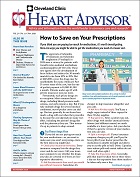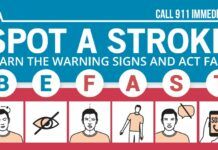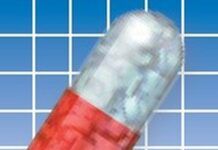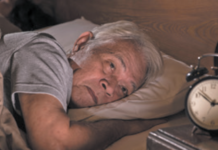Because hypertension rarely produces serious symptoms, it has been called the silent killer. Most people learn they have hypertension during a routine checkup. If you are prone to frequent headaches, get dizzy more often than you used to, have occasional nosebleeds, and notice that your heart races or beats irregularly from time to time, you may have hypertension. Have your blood pressure checked. It could be normal, or you could have pre-hypertension or hypertension (see Box 3-1, Blood pressure: Whats your score?).
Reducing blood pressure has been shown to reduce the risk?of second stroke, regardless of type. Which class of hypertension medication is best for this purpose is still being debated. However, there is no clear evidence that one class of blood pressure medication is better than another. The key is to use whatever medication or combination of medications is necessary to bring your blood pressure into the normal range.
What you can do?
Nip hypertension in the bud: Exercise
Aerobic exercise can lower your blood pressure while reducing undesirable cholesterol levels, blood sugar and stress, and increasing energy, feelings of well-being, and beneficial HDL cholesterol. It can also help you maintain or lose weight-which is important, because obesity is a risk factor for stroke. Aerobic exercises are activities that require sustained movement for 30 to 60 minutes, such as walking, running, bicycling, swimming, square dancing or ballroom dancing. Ideally, you should exercise a minimum of five to six times a week, but once or twice a week is better than not exercising at all.
If youve been diagnosed with heart disease, check with your doctor before beginning any exercise program. Exercise is good for your heart, but you may need to build up your tolerance slowly. Your doctor may want you to have a stress test first.
Reduce your salt consumption
The average American consumes two to three teaspoons of salt per day, but we require only a fraction of that amount. Reducing salt intake to one teaspoon or less may normalize blood pressure if you have mild hypertension and may prevent or delay the development of hypertension if you are healthy. One study found that high salt intake increased the risk for stroke. Participants who consumed 4,000 or more milligrams of sodium (about two teaspoons of salt) a day were almost three times more likely to suffer a stroke as those who consumed less than 1,500 milligrams of sodium (about 3/4 teaspoon of salt) a day.
Most of the sodium we eat comes from processed foods and foods prepared in restaurants. According to a report by the Centers for Disease Control and Prevention (www.cdc.gov/VitalSigns/Sodium/), more than 40 percent of sodium comes from the following 10 types of foods:
- Breads and rolls
- Cold cuts and cured meats such as deli or packaged ham or turkey
- Fresh and processed poultry
- Soups
- Sandwiches such as ?cheeseburgers
- Cheese
- Pizza
- Pasta dishes
- Meat dishes such as meat loaf with tomato sauce
- Snacks such as chips, pretzels and popcorn
In general, sodium should be limited to less than 2,300 milligrams a day (about 11/4 teaspoon of salt). However, some people are advised by the American Heart Association to keep it under 1,500 milligrams a day, including people age 51 and older, African-Americans, people with high blood pressure, people with diabetes, and people with chronic kidney disease.
To lower your sodium intake, read Nutrition Facts labels while shopping, and choose foods with the lowest sodium content. Eat plenty of fruits and vegetables (fresh and frozen) and limit processed foods high in sodium. When eating out, request lower sodium meals.
The National Institutes of Health (NIH) developed the Dietary Approaches to Stop Hypertension (DASH) eating plan to help people with systolic blood pressures of 150 mm Hg or more and diastolic blood pressures of 80-95 mm Hg lower their blood pressure. Theres a regular DASH eating plan and a low-sodium DASH eating plan. Both are effective, but the low-sodium DASH plan lowered blood pressure to a greater extent in clinical trials.
To read more important news and information about your heart's health, purchase the special report from Cleveland Clinic's Heart Advisor, Stroke: Advances in Detection & Treatment of Cerebrovascular Disease.
To continue reading this article or issue you must be a paid subscriber. Sign in
Subscribe to Heart Advisor
Get the next year of Heart Advisor for just $20. And access all of our online content - over 2,000 articles - free of charge.
Subscribe today and save 38%. It's like getting 5 months FREE!





